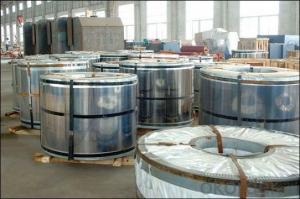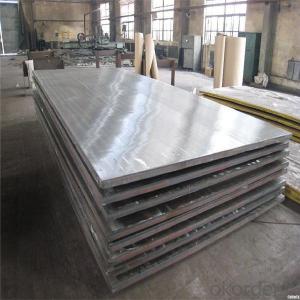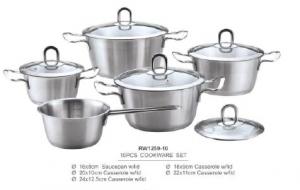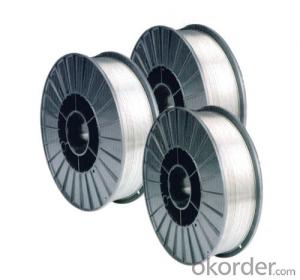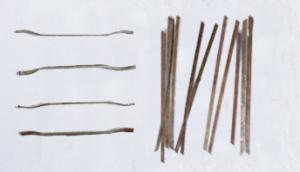201 Stainless Steel
201 Stainless Steel Related Searches
Best Paint For Stainless Steel Blanket Insulation For Steel Buildings Primer For Galvanized Steel Foam Filter For Stainless Steel H S Code For Stainless Steel Surface Grinding Wheels For Stainless Steel Surface Grinding Wheels For Hardened Steel Hole Saw For Stainless Steel Paint For Stainless Steel Stainless Steel For BbqHot Searches
Steel Mesh Panels For Sale Price For Stainless Steel Scrap Scrap Price For Stainless Steel Price For Stainless Steel Stainless Steel Tank For Sale Stainless Steel Sheets For Sale Cheap High Tea Sets For Sale Stainless Steel Tanks For Sale Stainless Steel For Sale High Density Fiberboard For Sale Solar Hot Water Collectors For Sale Scaffolding For Sale In Uae Scaffolding For Sale In Ireland Scaffolding For Sale In Houston Type Of Inverter For Solar Price Of Shipping Containers For Sale Types Of Inverter For Solar Stock Price For Aluminum Used Solar Inverter For Sale Steel Mesh Panels For Sale201 Stainless Steel Supplier & Manufacturer from China
Okorder.com is a professional 201 Stainless Steel supplier & manufacturer, offers integrated one-stop services including real-time quoting and online cargo tracking. We are funded by CNBM Group, a Fortune 500 enterprise and the largest 201 Stainless Steel firm in China.Hot Products
FAQ
- Yes, stainless steel wire can be used for knitting needles. Stainless steel is a durable and strong material that can provide a smooth and sturdy surface for knitting. It is often preferred by some knitters for its durability and resistance to rusting.
- Stainless steel wire is indeed suitable for heating elements. The reason behind stainless steel's popularity as a heating element material lies in its impressive resistance to both heat and corrosion. Moreover, it possesses exceptional electrical conductivity and can endure high temperatures without any deformation or deterioration. Stainless steel wire can be effortlessly molded into diverse shapes and sizes to cater to the specific heating needs of different applications. However, it is crucial to meticulously choose the appropriate grade and composition of stainless steel to guarantee optimal performance and longevity of the heating element.
- There are several types of stainless steel wire ropes used in construction, including 1x19, 7x7, and 7x19 constructions. These constructions refer to the number of strands and wires within the rope. 1x19 wire ropes are typically used for architectural applications such as balustrades and suspension bridges, while 7x7 and 7x19 wire ropes are commonly used for general construction purposes like lifting and rigging. Each type of wire rope has its own specific properties and strengths, allowing for various applications in the construction industry.
- Generally, stainless steel wire is resistant to chloride corrosion due to its high chromium content, which creates a protective oxide layer on the surface. This layer acts as a barrier, preventing the penetration of chloride ions that can cause corrosion. However, the level of resistance can vary depending on the grade of stainless steel used. Grades like 304 and 316 offer excellent resistance and are commonly used in marine settings. In contrast, lower grades may be more vulnerable to chloride corrosion. Therefore, selecting the right grade of stainless steel wire is crucial for optimal resistance to chloride corrosion in specific applications and environments.
- Is stainless steel drawing panel stainless steel?
- Stainless steel wire drawing is stainless steel surface like filamentous texture, this is only a stainless steel processing technology. The surface is Matt, and carefully look at the above there is a trace of texture, but can not touch it.
- Yes, stainless steel wire is suitable for wire rope thimbles. Stainless steel offers excellent corrosion resistance and strength, making it an ideal material for wire rope thimbles that are used in heavy-duty applications.
- Stainless steel wire is commonly acknowledged as non-magnetic. Despite its iron composition, it incorporates additional elements like chromium and nickel, which facilitate the formation of a safeguarding oxide layer on the steel's surface. This oxide layer is responsible for the corrosion-resistant characteristics of stainless steel. Nevertheless, the inclusion of these alloying elements diminishes the magnetic attributes of stainless steel, rendering it non-magnetic or only faintly magnetic.
- Yes, stainless steel wire is highly suitable for filtration applications. It offers several beneficial properties that make it an ideal choice for this purpose. Firstly, stainless steel wire is corrosion-resistant, which means it can withstand exposure to various chemicals and liquids without degrading or rusting. This is crucial for filtration applications where the wire needs to maintain its integrity and performance over time. Additionally, stainless steel wire has excellent strength and durability. It can withstand high pressures and temperatures, making it suitable for demanding filtration processes. Its strength also ensures that the wire mesh used for filtration remains intact, preventing any particle or debris from passing through. Moreover, stainless steel wire has a smooth surface, which allows for efficient and effective filtration. Its fine mesh structure can capture and retain even the smallest particles, ensuring a high level of filtration accuracy. Furthermore, stainless steel wire is easy to clean and maintain. It can be washed, sterilized, or chemically treated without losing its properties, making it suitable for applications in industries such as food and beverage, pharmaceuticals, and wastewater treatment. Overall, the corrosion resistance, strength, durability, smooth surface, and ease of maintenance make stainless steel wire a highly suitable material for filtration applications. Its reliability and effectiveness in capturing and retaining particles make it a preferred choice in many industries where filtration is critical.
















